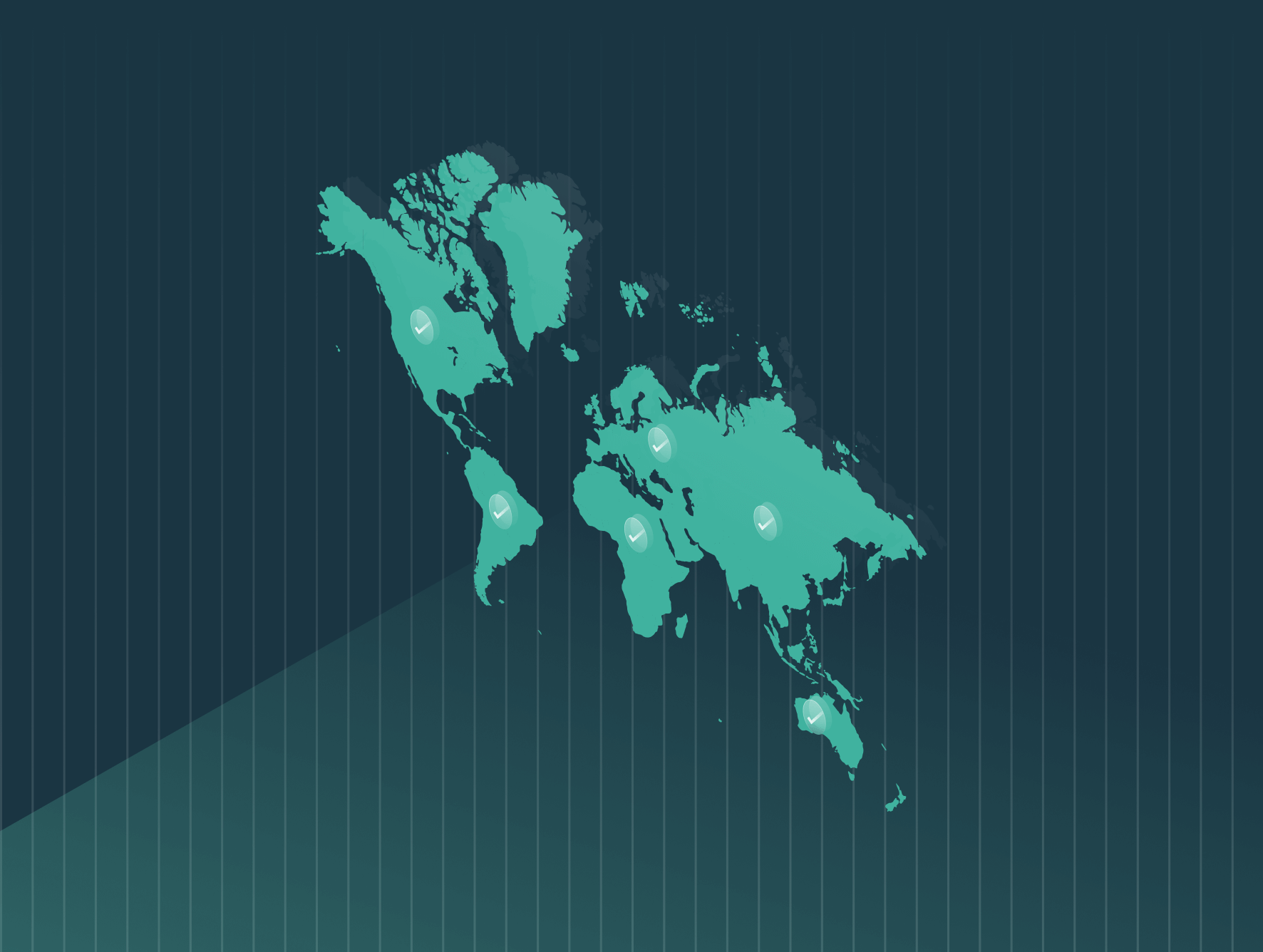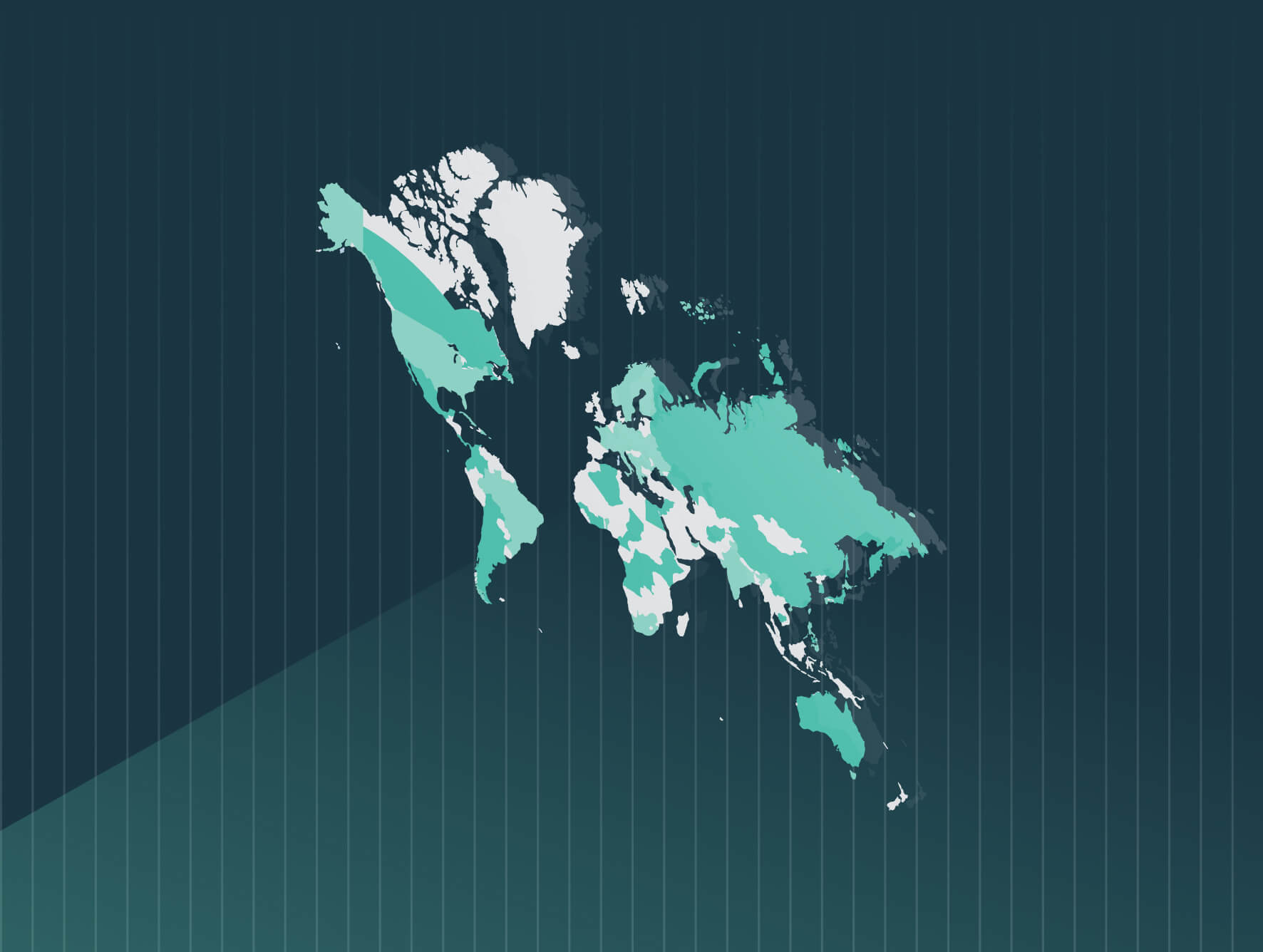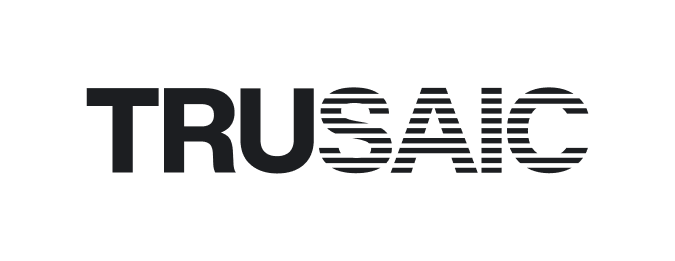‘Tis the season for office parties, cookie-filled break rooms and – for the fortunate –end-of-the-year holiday bonuses. These bonuses, however, are not without risk. To ensure employers aren’t exacerbating workplace wage gaps when awarding bonus pay, compliance software provider Trusaic encourages companies to take a harder look at their compensation practices.
“It may appear on the surface that the bonuses are fair and applied evenly. However, underlying the bonuses calculation may be issues hidden in the base compensation and promotion and opportunity processes within an organization,” says Joanna Kim-Brunetti, Esq., Vice President of Regulatory Affairs and General Counsel at Trusaic. “This is why pay equity is a hard problem to solve. There are likely systemic, foundational issues driving the problem.”
How does holiday bonus pay impact wage inequity/inequality?
First and foremost, bonuses are often a percentage of salary. Bonuses by definition, when calculated this way, will necessarily perpetuate pay disparity if pay disparity already exists within the base salary compensation. A lower salary in turn generates a lower bonus percentage calculation.
Bonus percentage ranges are also often higher depending on one’s level in an organization. A lack of opportunity and promotion fairness can prevent an individual or class of workers from ascending to higher levels within an organization where they would automatically qualify for a higher bonus range. Therefore, their bonus percentage ranges will be lower again by definition. Organizations cannot have pay equity if they don’t have promotion and opportunity equity.
Finally, bonus inequity may be created at the time of hire. If an organization asks for prior history from a class of workers who historically has received lower pay, they then bring that individual into the organization at a lower salary, which then translates into a lower bonus. This is why so many jurisdictions are passing salary history bans and/or requiring organizations to publish salary ranges. Asking for pay history or limiting salary based on a person’s historical salary perpetuates pay inequity throughout a person’s career.
What can employers do?
- Start with a comprehensive pay equity audit. You can’t manage what you don’t measure. Calculating bonuses in a vacuum is easy enough; however, calculating a bonus that does not aggravate pay disparities requires a rigorous pay equity analysis.
- Implement an operating framework for monitoring pay equity in addition to diversity and inclusion metrics. Once employers understand their baseline, they can develop goals to remediate inequities. Hiring and promotion analysis can help organizations understand whether opportunity equity exists by identifying equity or lack thereof in their hiring and promotion processes. Through ongoing monitoring of these metrics, they can steadily make progress that improves opportunity and promotions equally within their organizations.
- Pay equity monitoring software can also provide ongoing oversight to make certain these issues stay in control and don’t worsen again over time.
“Despite progress, the fact is that significant racial and gender wage gaps persist,” says Kim-Brunetti. “Unfortunately, these systemic issues can’t be corrected overnight. However, if employers make a resolution in the New Year to address the drivers of pay inequity that create a less than equitable holiday season for some, they can give their organizations the gift of lasting, authentic change for the better and a fairer workplace for all.”
About Trusaic
Trusaic is a regulatory compliance software company that focuses on advancing social good in the workplace and solving HR’s most complex challenges across people, data, and compliance. Trusaic helps organizations achieve pay equity, foster a more diverse and inclusive workforce, assist economically disadvantaged individuals with finding work, and ensure employee access to affordable healthcare.
Media Contact
Matt Gotchy
[email protected]
213.814.5760








